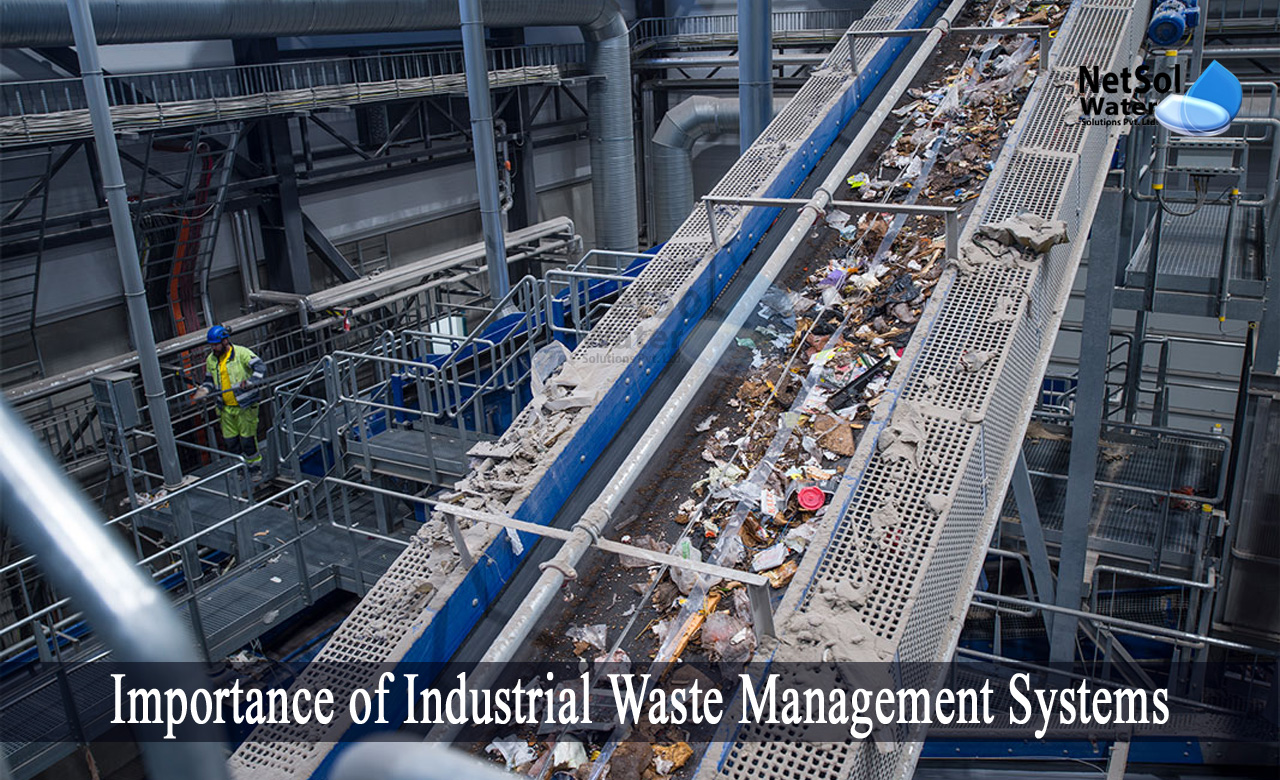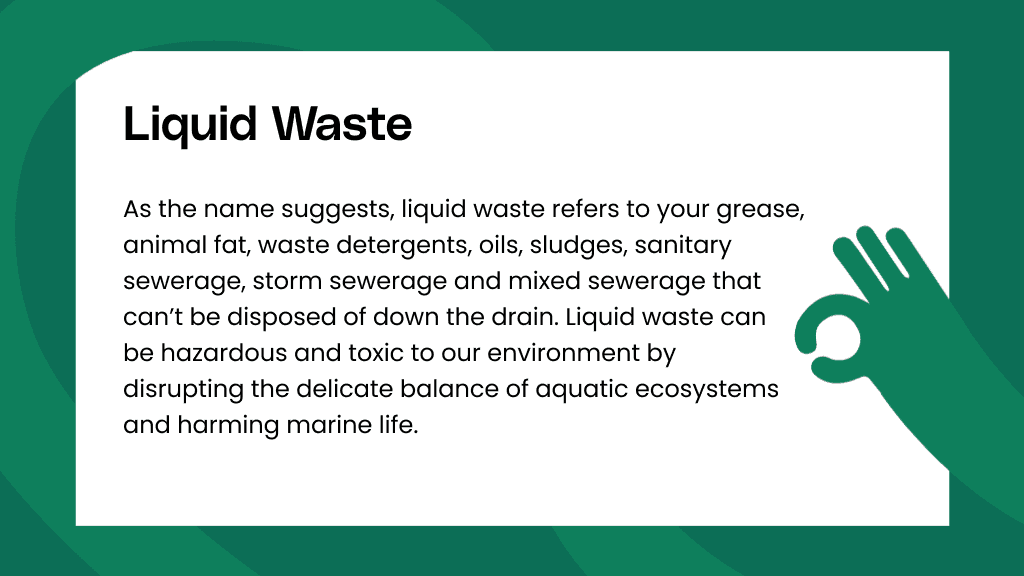Things about Reclaim Waste
Things about Reclaim Waste
Blog Article
About Reclaim Waste
Table of ContentsThe smart Trick of Reclaim Waste That Nobody is Talking AboutReclaim Waste Things To Know Before You Get ThisReclaim Waste Fundamentals ExplainedWhat Does Reclaim Waste Do?How Reclaim Waste can Save You Time, Stress, and Money.
Discover the kinds, events, and types of fluid waste. Residential sewage waste describes the waste and items from a property septic system. This kind of waste is created by people in houses, institutions, and various other structures. This only includes septic systems that have a drain field. The appropriate monitoring and disposal of domestic sewage waste require liquid waste to be transferred to a sewage treatment plant where the correct approaches and equipment are put on detoxify and throw away waste.
Industrial waste usually consists of possible threats, such as flammable materials or a mix of fluid and solid waste items, and calls for a much more sophisticated and in-depth disposal procedure. The disposal of business waste commonly entails the filtering of waste prior to transport to make certain risk-free and appropriate disposal. Hazardous waste is developed from byproducts and overflow of industrial processes and production.
This sort of waste can not use the exact same sewage monitoring transport or procedures as septic or business fluids. The industrial waste administration process needs the examination and testing of fluid waste prior to it goes through the disposal process (industrial wastewater treatment). Overflow waste is the fluid waste that comes from runoff and excess stormwater in highly inhabited areas or cities
Drainage waste can cause contamination and flooding if not managed properly. Making sure appropriate waste management can protect against calamities and decrease environmental damage.
3 Simple Techniques For Reclaim Waste
Get in touch with PROS Solutions today to find out about our waste monitoring and disposal solutions and the appropriate methods to look after the liquid waste you produce.
(https://www.twitch.tv/reclaimwaste1/about)Do you recognize what occurs to your water when you end, purge the commode or drain the cleaning machine? No? Well, it deserves recognizing. This supposed 'wastewater' is not just an important source but, after therapy, will be released to our land, waterways or the ocean. Utilized water from commodes, showers, bathrooms, kitchen area sinks, laundries and commercial processes is recognized as wastewater.

water made use of to cool down equipment or tidy plant and equipment). Stormwater, a kind of wastewater, is drainage that streams from farming and metropolitan locations such as roofings, parks, yards, roads, paths and gutters right into stormwater drains, after rain. Stormwater moves without treatment straight to regional creeks or rivers, ultimately reaching the sea.
Indicators on Reclaim Waste You Should Know
In Queensland, the majority of wastewater is dealt with at sewer treatment plants. Wastewater is carried from residential or industrial websites via a system of sewage systems and pump terminals, recognized as sewage reticulation, to a sewer treatment plant.
The Division of Natural Resources advises local governments regarding handling, operating and preserving sewerage systems and therapy plants. In unsewered locations, regional governments may require owners to mount specific or family sewer therapy systems to treat domestic wastewater from commodes, kitchen areas, bathrooms and washings. The Division of Natural Resources authorizes the use of home systems when they are proven to be effective.
In some new class, therapy of some stormwater to eliminate litter, sand and gravel has begun using gross contaminant traps. Wastewater treatment takes place in 4 stages: Eliminates strong issue.
Uses tiny living organisms knows as micro-organisms to break down and eliminate remaining liquified wastes and great fragments. Micro-organisms and wastes are included in the sludge.
Indicators on Reclaim Waste You Need To Know
Nutrient removal is not available at all sewer therapy plants since it requires pricey specialized devices. Clear liquid effluent generated after treatment might still include disease-causing micro-organisms - liquid waste removal.

Many wastewater streams right into the sewage system. Under the Act, regional governments carry out approvals and permits for eco appropriate tasks (Ages) including wastewater launches that might have a regional effect.
Reclaim Waste Fundamentals Explained
Monitoring offers accurate info about water high quality and can verify that permit problems are being met. The info gotten through monitoring supplies the basis for making water top quality decisions.
Report this page